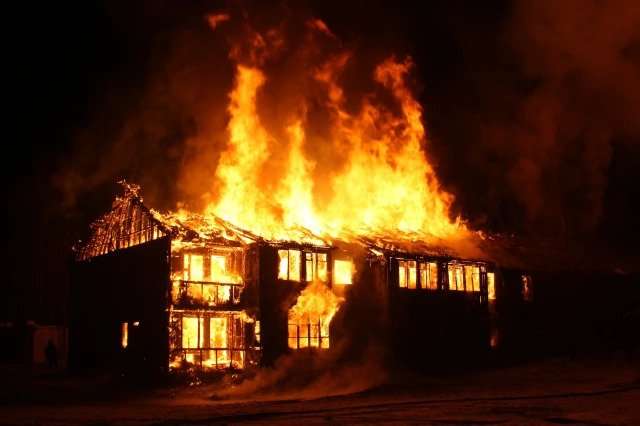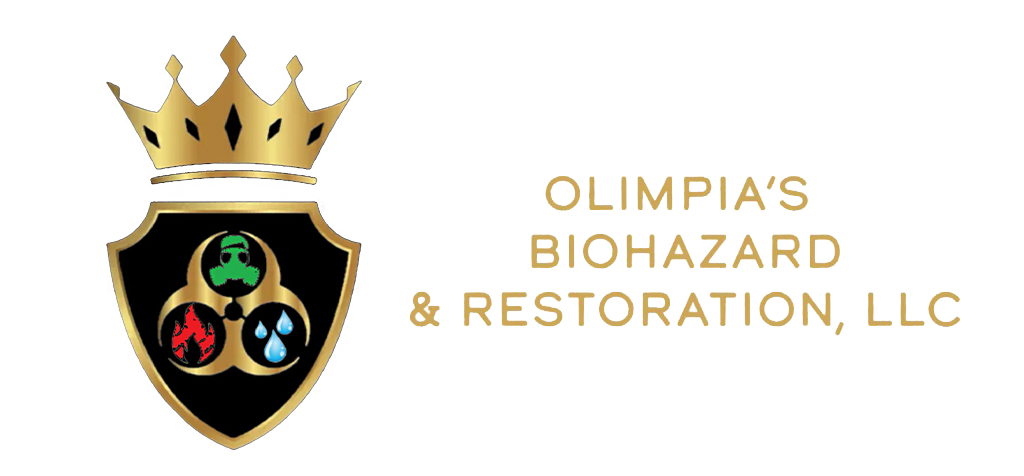Portland, Oregon, is renowned for its vibrant arts scene, eco-conscious lifestyle, and picturesque landscapes. However, beneath this idyllic façade lurks a lesser-known threat – abandoned meth labs. These clandestine drug production facilities pose severe dangers to public health, safety, and the environment. Despite their concealed nature, the consequences of these hidden dangers are far-reaching, affecting communities, wildlife, and future generations. In this article Olimpia’s Biohazard & Restoration LLC will shed lights on the lurking perils of abandoned meth labs in Portland, Oregon.


The Rise of Methamphetamine Production
Methamphetamine, a potent synthetic drug, gained notoriety in the late 20th century due to its addictive properties and devastating effects on users. The clandestine production of meth is a concern for authorities worldwide, and Portland is no exception. The city’s proximity to major drug trafficking routes has contributed to the proliferation of illegal meth labs. These labs can operate in suburban homes, apartments, and even remote locations, avoiding detection.
Abandoned Meth Labs: A Hidden Peril
The alarming issue in Portland is the prevalence of abandoned meth labs. As authorities crack down on active drug production sites, many operators abandon their labs, leaving behind hazardous remnants. These locations become ticking time bombs, endangering unsuspecting individuals who stumble upon them, and causing environmental contamination.
Health Hazards
Abandoned meth labs are a breeding ground for toxic chemicals, such as ammonia, ether, and phosphine gas. These substances can linger in the environment for years, releasing noxious fumes into the air and seeping into the soil and groundwater. Inhalation or contact with these hazardous chemicals can lead to respiratory problems, skin irritation, and even long-term health issues for nearby residents.
Fire and Explosion Risks
Methamphetamine production involves highly flammable and volatile chemicals. When labs are abandoned, these substances can react with moisture in the air, increasing the risk of fire or explosions. Such incidents can cause property damage, injure innocent bystanders, and place the lives of firefighters and emergency responders in jeopardy.


Environmental Contamination
The toxic remnants of abandoned meth labs do not only affect human health; they also pollute the environment. Chemical runoff can contaminate water sources, disrupting ecosystems and endangering aquatic life. Wildlife may inadvertently come into contact with the hazardous materials, leading to illness or death. The contamination can also infiltrate agricultural lands, affecting crops and food supplies.
Financial Burden
The cleanup and remediation of abandoned meth labs fall on the shoulders of local governments and taxpayers. The process is costly, and these funds could have been better utilized for other community needs such as education, healthcare, and infrastructure development.
Impact on Real Estate
The presence of abandoned meth labs can significantly decrease property values and deter potential buyers. Prospective homeowners and renters are understandably concerned about living in areas with a history of drug production due to the perceived health risks and stigma.
Addressing the Menace
To combat the hidden dangers of abandoned meth labs in Portland, comprehensive measures and professional meth lab cleanup are required. Collaboration between law enforcement agencies, environmental authorities, and community organizations is vital to tackle this pressing issue.
Enhanced Law Enforcement Efforts
Strengthening law enforcement’s efforts to identify and shut down active meth labs is the first step in mitigating the problem. By focusing on disrupting the supply chain, the number of abandoned labs can be reduced.
Increased Public Awareness
Raising awareness among residents about the risks of abandoned meth labs is crucial. Educational programs can help people recognize the signs of a former drug production site and understand the importance of reporting their findings to the authorities.
Efficient Cleanup and Remediation
It is imperative to develop standardized protocols for the cleanup and remediation of abandoned meth labs. Trained professionals should handle hazardous materials, ensuring they are disposed of safely to minimize environmental impacts.
Property Owner Responsibility
Property owners must bear responsibility for ensuring their properties are not being used as illegal drug production sites. Implementing regular inspections and background checks for potential tenants can help prevent the establishment of meth labs.
FAQs
What are abandoned meth labs, and why are they dangerous?
Abandoned meth labs are former locations used for the illegal production of methamphetamine that have been left behind by operators. They are dangerous because they contain hazardous chemicals and toxic remnants that can cause health issues, fires, explosions, and environmental contamination.
How common are abandoned meth labs in Portland, Oregon?
While exact statistics may vary, abandoned meth labs pose a significant concern in Portland due to its proximity to major drug trafficking routes. The prevalence of abandoned labs is a consequence of authorities cracking down on active production sites, leading operators to abandon their labs.
What are the health risks associated with abandoned meth labs?
Abandoned meth labs release toxic chemicals into the air and environment, which can lead to respiratory problems, skin irritation, and long-term health issues for nearby residents who come into contact with these hazardous substances.
Can abandoned meth labs cause fires and explosions?
Yes, abandoned meth labs can pose fire and explosion risks. The highly flammable and volatile chemicals used in meth production can react with moisture in the air, increasing the likelihood of fires and explosions.
Conclusion:
The hidden dangers of abandoned meth labs in Portland, Oregon, represent a significant and pressing concern for the city and its residents. These clandestine drug production sites, left behind by operators seeking to avoid detection, pose grave risks to public health, safety, and the environment. The consequences of these abandoned labs are far-reaching, affecting communities, wildlife, and the very fabric of the city’s future.
The health hazards arising from exposure to toxic chemicals and hazardous remnants in abandoned meth labs underscore the urgency of addressing this issue. Respiratory problems, skin irritation, and long-term health issues can plague individuals living near these sites, leaving a lasting impact on their well-being. Moreover, the risk of fires, explosions, and environmental contamination threatens not only residents but also the very ecosystems that sustain life.
